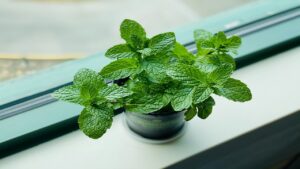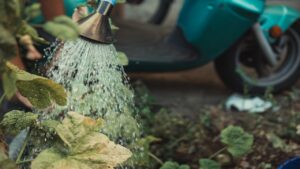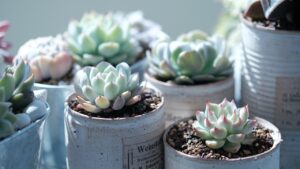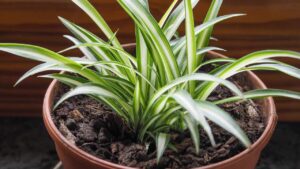Hardly Anyone Knows, These 5 Plants Should Never be Placed in the Sun
Plants usually need sunlight to grow and thrive, but some defy the natural order of things. In this article, we will discover the 5 varieties of plants that must not be placed in the sun.
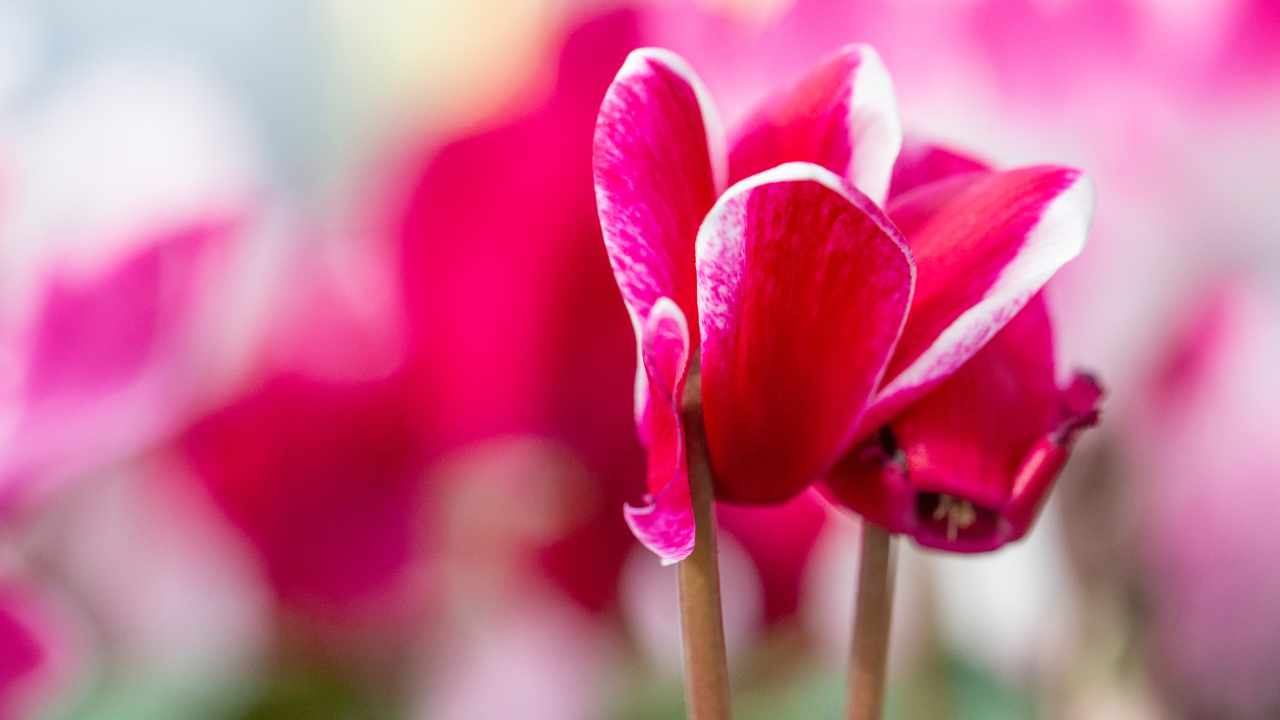
If you have these 5 varieties of plants, avoid exposing them to the sun
Asplenium
There are numerous plants that steer clear of direct sunlight, as prolonged exposure to the sun can damage or burn them. Asplenium, a fern variety, falls into this category. Flourishing in shaded settings, its delicate, elongated fronds are sensitive to intense sunlight and may burn. It’s advisable to place Asplenium away from sun-exposed windows to ensure its well-being.
Sansevieria
Sansevieria is a houseplant known for its hardiness and ability to survive in low-light conditions. Its dense, dark green foliage can suffer when exposed to prolonged direct sunlight. To maintain its well-being, it’s best to place Sansevieria in shaded indoor or outdoor areas where it receives only indirect light.
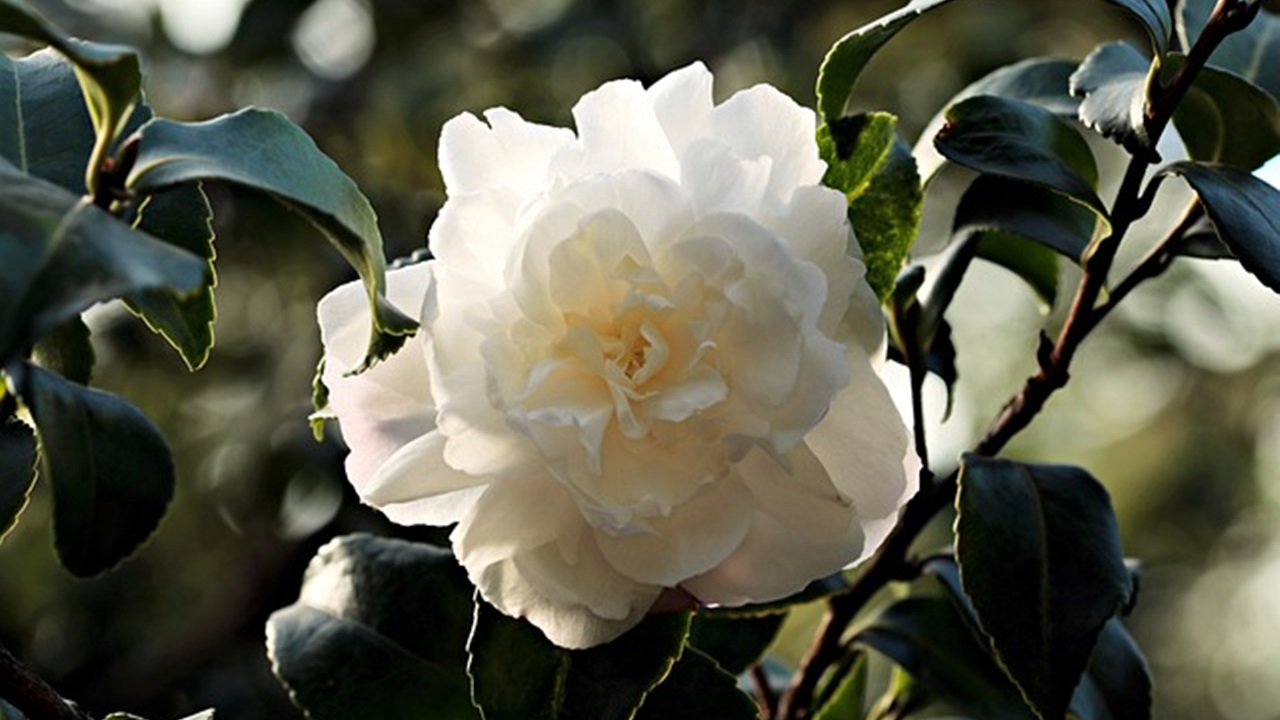
Cyclamen
Cyclamen is a flowering plant that is popular for its ability to bloom during the winter months. However, this plant thrives in shade or partial shade and should be shielded from direct sunlight. Intense sun exposure can lead to burning of its delicate leaves and flowers. Optimal placement involves shaded garden areas or indoor spaces, preferably away from direct sunlight streaming through windows, to ensure the health and beauty of the cyclamen plant.
Camellia
The camellia, an ornamental shrub with vibrant winter and spring blooms, thrives in humid areas protected from direct sunlight. The delicate blossoms can be adversely affected by intense light. In garden settings, consider planting camellias in the shade of trees to provide the optimal conditions for their growth and preserve their beautiful flowers.
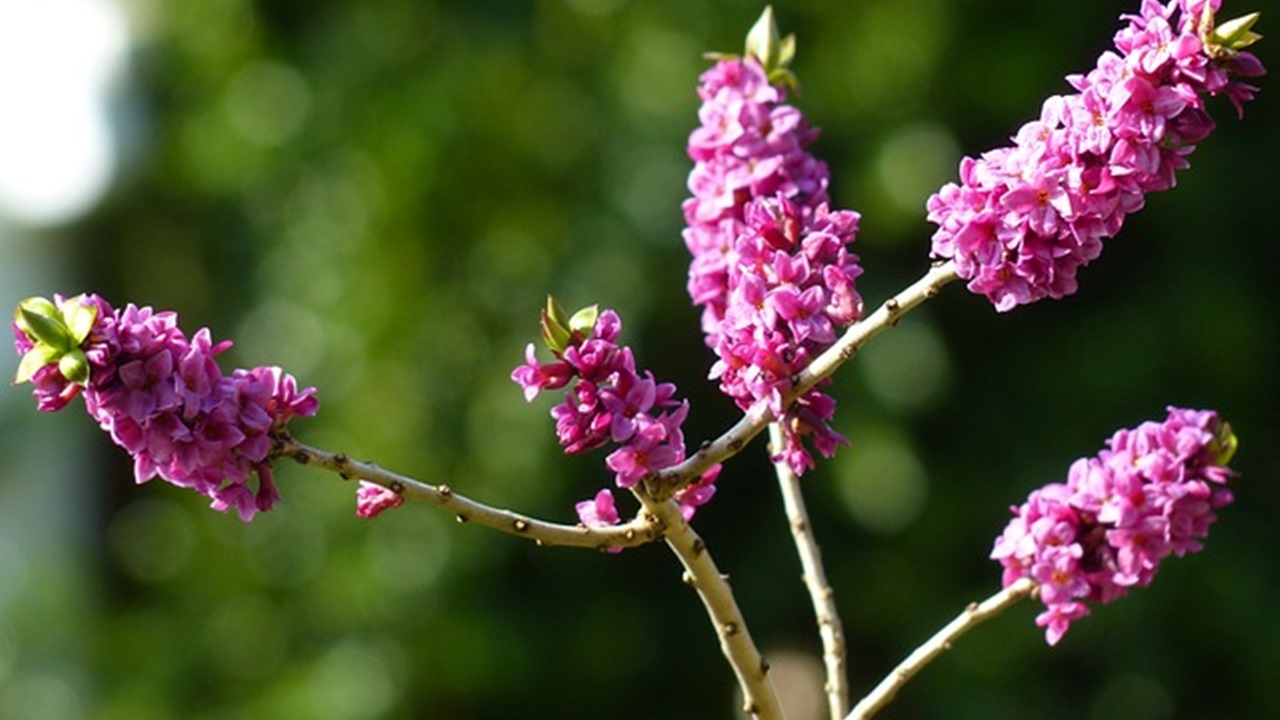
Daphne
Daphne, a fragrant shrub, delights with its floral scents but demands a shaded location with high humidity. Sun exposure can damage its leaves and flowers. Typically, this plant genus blooms during spring when temperatures are cool, and the humid climate creates optimal bud growth conditions. Choosing a shaded and humid location ensures the flourishing fragrance of the Daphne shrub.
